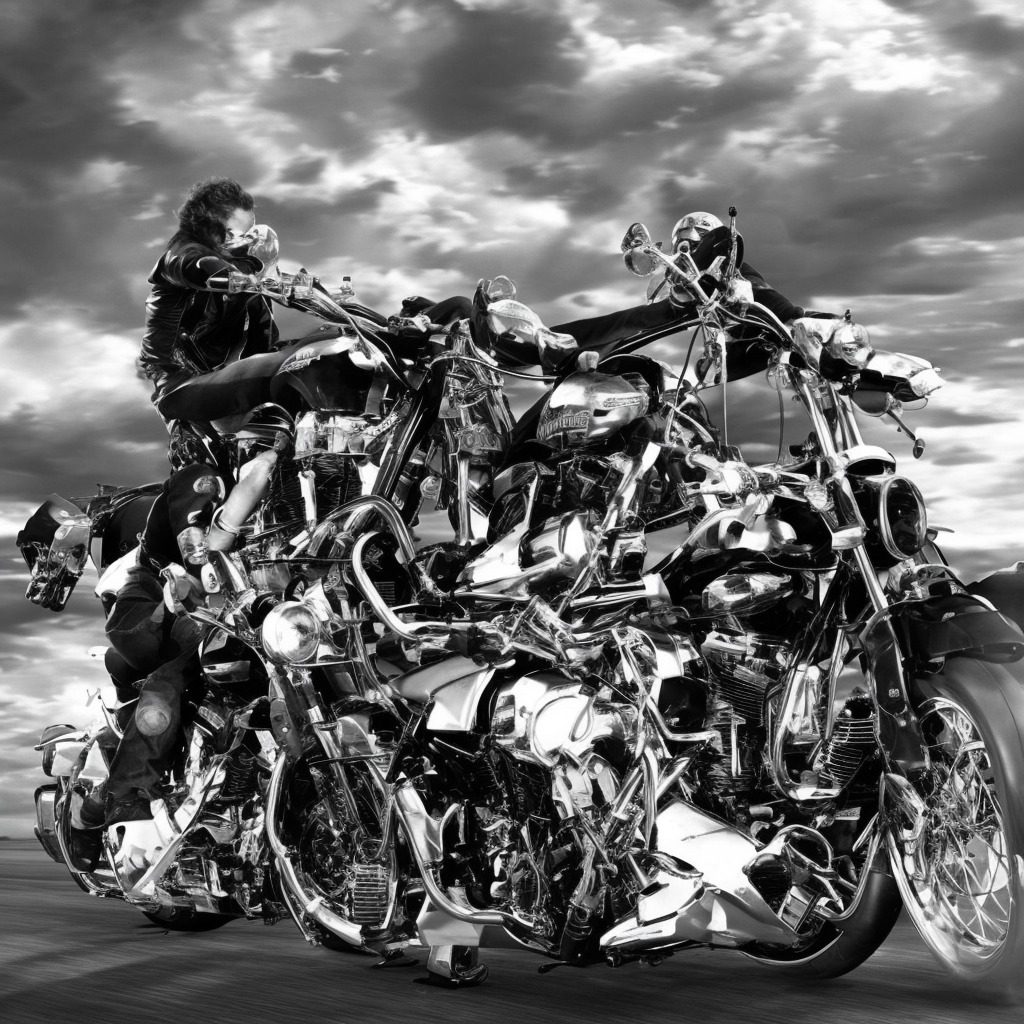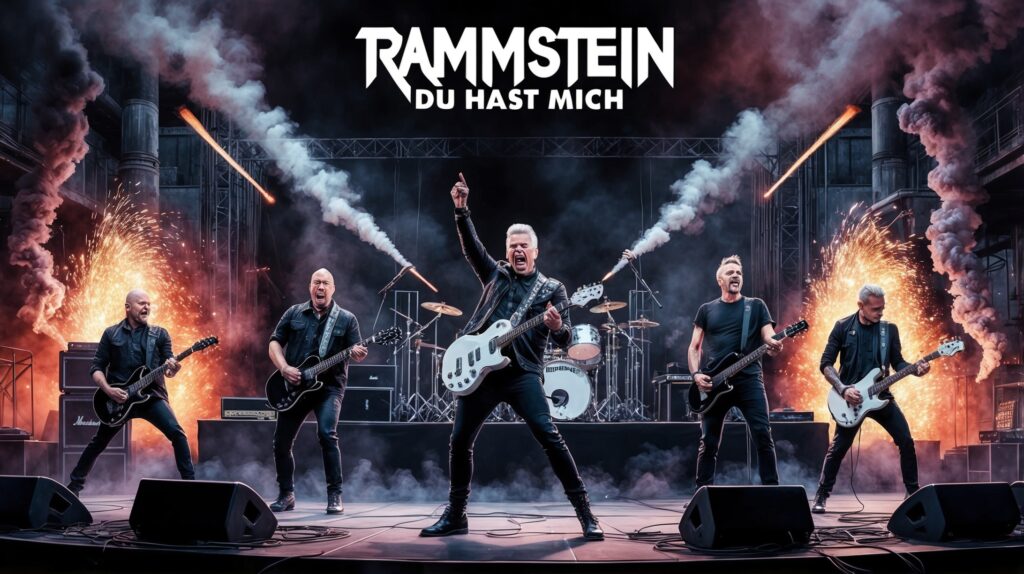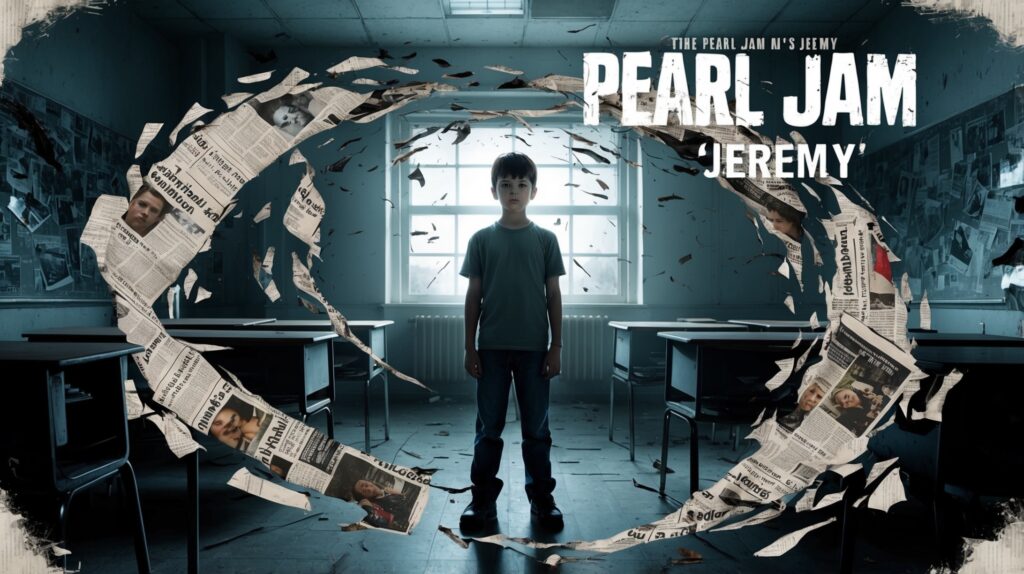🎸Did you know? #JudasPriest’s roaring anthem “Painkiller” was inspired by lead singer Rob Halford’s love for motorcycles! 🏍️ Crank it up, and let the metal gods ride on! 🤘 #Painkiller #RockTrivia #NowPlaying Read about it: tinyurl.com/2p9c9z77
The High-Octane Power of Judas Priest
“Painkiller” unleashes Judas Priest’s high-octane power and virtuosity, marking a pivotal moment in heavy metal evolution and leaving a lasting impact on generations of rockers.
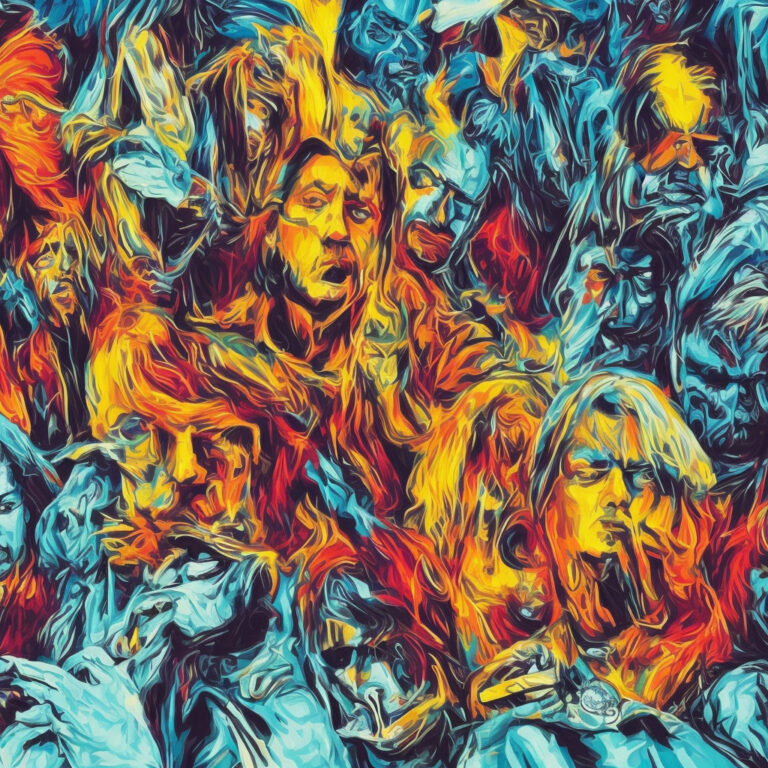
Few bands can claim to have shaped the heavy metal genre quite like Judas Priest. From their early days in Birmingham, England, the band has continually evolved and reinvented themselves over the years, amassing a loyal following of fans along the way. Best known for their high-energy, guitar-driven sound and the powerful vocals of lead singer Rob Halford, Judas Priest have undeniably made their mark on the world of rock and roll.
One of the band’s most iconic songs, “Painkiller,” encapsulates the essence of Judas Priest’s dynamic sound. Released in 1990 as the title track of their 12th studio album, Painkiller marked a turning point for the band, as they embraced a faster, more aggressive style that would shape the direction of the heavy metal genre in the years to come.
For the uninitiated, “Painkiller” is an all-out assault on the senses, featuring blistering guitar riffs, pounding drums, and Halford’s trademark soaring vocals. Guitarists Glenn Tipton and K.K. Downing showcase their technical prowess in this song, with intricate dual guitar leads and solos that would leave even the most skilled guitarists in awe. Meanwhile, drummer Scott Travis delivers a relentless double bass performance, providing the backbone for the song’s frenetic pace.
Despite their prolific career, Judas Priest has not been without its share of controversies and lineup changes. Halford left the band in the early ’90s, and though he eventually returned, the band struggled to maintain their momentum without him. Still, their impact on the heavy metal landscape is undeniable, and they were rightfully inducted into the Kerrang! Hall of Fame in 2007.
One of the most notable aspects of Judas Priest’s career is their dedication to their craft. Even after decades of performing and recording, the band shows no signs of slowing down. Most recently, they were nominated for the Rock and Roll Hall of Fame in 2020, a testament to the enduring legacy they’ve built over the years.
In summary, “Painkiller” represents not only a high point in Judas Priest’s storied career but also a pivotal moment in the evolution of heavy metal as a whole. With its relentless energy and virtuosic musicianship, the song continues to inspire and influence countless bands and artists across the globe. Love them or hate them, there’s no denying the indelible impact Judas Priest has had on the world of rock and roll.
Charting the Course of a Metal Masterpiece
“Painkiller”: Judas Priest’s metal milestone transcends chart positions, leaving a 30-year legacy of captivating audiences and influencing future generations.
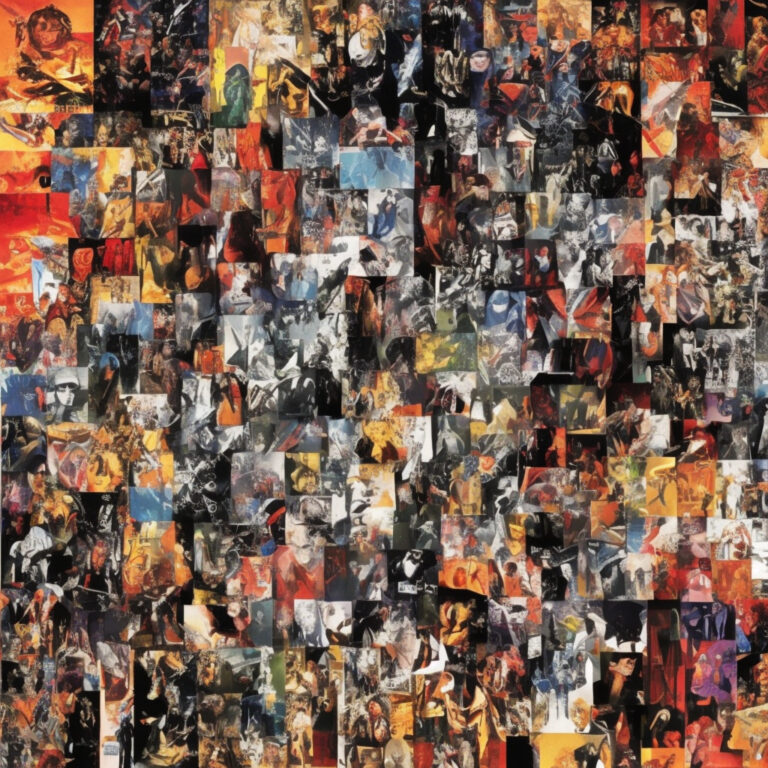
Upon its release on September 3, 1990, “Painkiller” quickly caught the attention of both critics and fans alike. The title track of Judas Priest’s 12th studio album showcased the band’s evolution and their ability to stay relevant in a rapidly changing musical landscape. But how did this iconic song fare in terms of chart success? Let’s delve into some hard data and chart trivia to find out.
“Painkiller” managed to make a mark on various international charts. In the UK, the song entered the UK Singles Chart on September 15, 1990, debuting at number 62. Over the following weeks, it gradually climbed the charts, eventually peaking at a respectable number 31 on October 6, 1990. This marked Judas Priest’s first top 40 hit in the UK since their 1982 single, “You’ve Got Another Thing Comin’.”
The song’s chart success wasn’t limited to the UK, as it also made an impact on the US Billboard charts. The single entered the Billboard Hot 100 on October 13, 1990, initially landing at number 97. Unfortunately, “Painkiller” didn’t manage to climb much higher and reached its peak at number 90 on October 27, 1990, before dropping off the chart.
Despite not achieving outstanding chart positions, “Painkiller” did enjoy significant airplay on rock radio stations. The track found its place on the Billboard Mainstream Rock Tracks chart, where it peaked at number 23 during its six-week run.
In addition to its chart performance, “Painkiller” has been widely celebrated for its musicianship and has become a fan favorite over the years. The song’s enduring popularity is evident in the countless covers by other artists and its frequent inclusion in various “best of” lists within the metal and rock genres.
In conclusion, while “Painkiller” may not have broken any records in terms of chart positions, its impact on the metal scene and its lasting legacy are undeniable. Judas Priest’s iconic track remains a testament to the band’s musical prowess and their ability to continually captivate audiences, even 30 years after its initial release.
Delving Deeper into the Lyrics of “Painkiller”
Faster than a bullet
Terrifying scream
Enraged and full of anger
He’s half man and half machine
Rides the Metal Monster
Breathing smoke and fire
Closing in with vengeance soaring high
This is the Painkiller
This is the Painkiller
Planets devastated
Mankind’s on its knees
A saviour comes from out the skies
In answer to their pleas
Through boiling clouds of thunder
Blasting bolts of steel
Evils going under deadly wheels
This is the Painkiller
This is the Painkiller
Faster than a lazer bullet
Louder than an atom bomb
Chromium plated boiling metal
Brighter than a thousand suns
Flying high on rapture
Stronger free and brave
Nevermore encaptured
They’ve been brought back from the grave
With mankind resurrected
Forever to survive
Returns from Armageddon to the skies
He is the Painkiller
This is the Painkiller
Wings of steel Painkiller
Deadly wheels Painkiller
“Painkiller” by Judas Priest is a powerful song filled with imagery of a futuristic savior arriving to save humanity from its own destruction. The lyrics paint a vivid picture of a half-man, half-machine entity that is faster than a bullet, terrifying, and enraged, riding a metal monster and ready to bring salvation to a world in need.
The song was released in 1990, a time when the world was going through significant changes. The end of the Cold War, the rapid technological advancements, and the growing awareness of global issues like pollution and climate change possibly influenced the band to create a song that reflects the hopes for a better future, in spite of the challenges faced by humankind.
The lyrics of “Painkiller” can be seen as a metaphor for the anxieties of the era, with the protagonist being a symbol of hope and salvation coming from the skies. The world depicted in the song is devastated, and humanity is on its knees, desperately in need of salvation from the consequences of its own actions. The Painkiller, a powerful hybrid, arrives to save the world, resurrecting mankind and ensuring its survival.
Overall, the lyrics of “Painkiller” tap into the spirit of the time, portraying a powerful savior that swoops in to rescue humanity in a time of great uncertainty and change. The imagery of the song is intense, evoking feelings of hope and urgency that resonate with the era in which it was written.
A Dive into the “Painkiller” Music Video
Unleashing the Fury: Judas Priest’s “Painkiller” music video – a heavy metal masterpiece blending Wayne Isham’s directing, electrifying performances, and fiery visuals.
The music video for “Painkiller” by Judas Priest is a visual treat for fans of the band and the heavy metal genre as a whole. Directed by Wayne Isham, who has worked with other iconic bands such as Metallica, Bon Jovi, and Mötley Crüe, the video showcases the powerful and captivating energy that is synonymous with Judas Priest. Wayne Isham’s experience in working with rock and metal bands undoubtedly played a significant role in the success of this video.
The production details of “Painkiller” are fascinating as well. The music video combines live footage of the band performing with fiery and electrifying special effects, creating a dynamic visual experience for the viewers. The video was shot in black-and-white, which adds a retro feel to the overall presentation. In addition, the band members are seen donning their signature leather outfits and dominating the stage with their intense energy, further solidifying the video as a classic heavy metal masterpiece.
While the budget for the music video remains undisclosed, it is evident that the production quality is top-notch, given the seamless integration of the live footage and special effects. The artistic approach taken by the director and the band involves the recurring theme of fire and lightning, which perfectly complement the aggressive and fast-paced nature of the song. It’s no surprise that “Painkiller” remains a fan favorite and an influential piece in the heavy metal genre.
In the absence of an official music video for “Painkiller,” fans have taken it upon themselves to create various tributes and fan videos on YouTube, further showcasing the impact the song has had on its audience. From elaborate animations to live performance compilations, these fan-made videos capture the essence of the song and pay homage to the legendary band that is Judas Priest.
Overall, the music video for “Painkiller” is a prime example of Judas Priest’s ability to create an unforgettable experience for their fans. The combination of Wayne Isham’s directing prowess, the band’s electrifying performance, and the powerful special effects make this video a timeless piece of heavy metal history.
The Mastermind Behind Painkiller: Glenn Tipton
Glenn Tipton, one of the renowned guitarists of Judas Priest, takes the helm as the primary composer of their smashing hit, “Painkiller.” Tipton has always been an integral part of the band’s creative process, contributing heavily to their songwriting and arrangements since the early years. Not only has he co-written most of the songs in their extensive discography, but he’s also responsible for some of the band’s most memorable tracks. One such notable composition is “Breaking the Law,” an anthem that became synonymous with the heavy metal movement in the 80s. Tipton’s innovative work can also be observed in other classic tracks like “Electric Eye,” “Hell Bent for Leather,” and “You’ve Got Another Thing Comin’.” His signature blend of powerful riffs and intricate solos not only defined Judas Priest’s sound but also solidified their place as metal royalty.
Awards, Accolades, and Appearances
“Painkiller”: A timeless heavy metal masterpiece, immortalized through prestigious accolades, transcending media platforms, and inspiring countless artists across the genre.
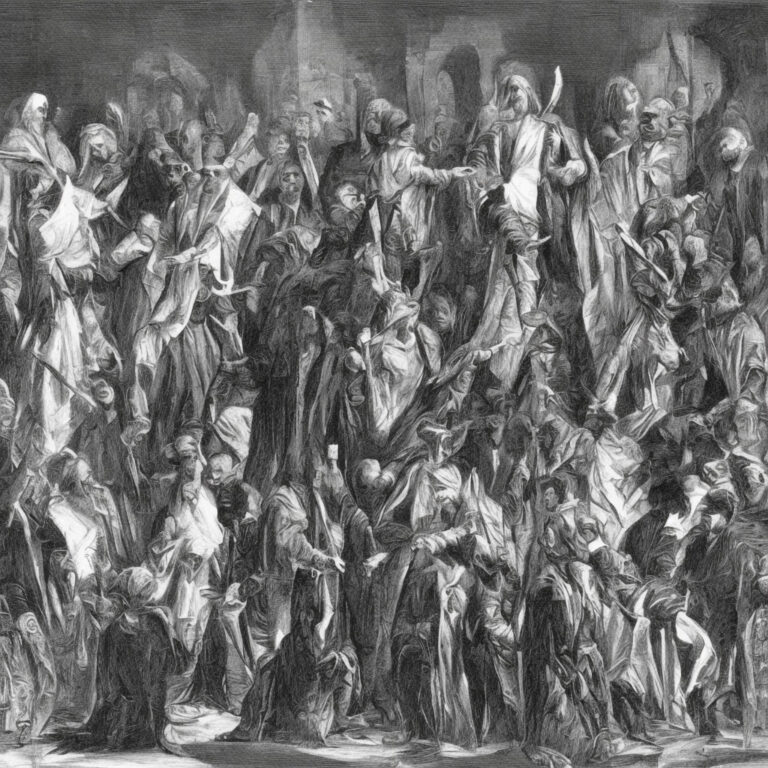
“Painkiller” has undoubtedly solidified its place in heavy metal history, receiving numerous accolades and acknowledgements for its contribution to the genre. The song has been included in various “best of” lists, showcasing the track’s impact over time. For instance, the reputable Rolling Stone magazine ranked “Painkiller” at number 6 on their list of the “100 Greatest Metal Songs of All Time.” Additionally, VH1 listed it at number 9 in their “Top 40 Greatest Metal Songs” countdown.
Over the years, “Painkiller” has also made its mark in various forms of media. One notable example is its inclusion in the popular music video game franchise, Guitar Hero. The song was featured as one of the playable tracks in the 2009 release, Guitar Hero: Van Halen. Furthermore, it was included in the soundtrack of the 2006 film, “Grilled,” starring Kevin James and Ray Romano. “Painkiller” has managed to maintain its popularity across multiple platforms, demonstrating the song’s cultural significance.
In addition to its awards and media appearances, “Painkiller” has served as inspiration for a number of cover versions by various artists. One of the most well-known covers comes from American heavy metal band Death, who included their version of the song on their 1998 live album, “Live in L.A. (Death & Raw).” This live rendition showcases the influence that Judas Priest’s music has had on bands across the metal spectrum. Other notable covers include renditions by Finnish symphonic metal band Nightwish and Swedish progressive metal band Evergrey.
Overall, “Painkiller” has left a lasting impression on the heavy metal community, garnering recognition and praise from various corners of the industry. Its awards, media appearances, and the numerous cover versions it has inspired all serve as testament to the song’s enduring influence and impact on the genre. Fans of Judas Priest and heavy metal enthusiasts alike will undoubtedly continue to appreciate and celebrate this iconic track for years to come.
Diving Deeper into the Musical Elements
Continuing on from our previous section, let’s delve deeper into the musical structure of “Painkiller” and examine the intricacies that make this song so unique and captivating. Judas Priest created an iconic song that is packed with a variety of fascinating elements, from its key signature to the tempo and chord structures, which all contribute to the song’s heavy metal appeal.
To begin, “Painkiller” is written in the key of E minor, which is known for its dark and somber tonality, a feeling that permeates the entire song. The intro of the song starts with a fast-paced, double bass drum pattern that sets the stage for the high-energy tempo that characterizes the rest of the track. This relentless tempo, clocking in at approximately 212 beats per minute, drives the intensity of the song and creates a sense of urgency that is perfectly suited for the heavy metal genre.
The chord progression of “Painkiller” is built around the root note of E, with the verses primarily using the chords E, D, and C, while the chorus features a progression of E, G, and A. This straightforward chord structure serves as a solid foundation for the layers of intricate guitar riffs, solos, and powerful vocals that are woven throughout the song. The use of power chords, a staple in heavy metal music, adds to the overall heaviness and intensity of the track.
One of the standout elements of “Painkiller” is the guitar work, which showcases the incredible skill and technique of the band’s guitarists, Glenn Tipton and K.K. Downing. The song features a variety of complex and fast-paced guitar riffs and solos that play an essential role in defining the song’s unique sound. The main riff that is introduced in the intro and continues throughout the song is punctuated by palm-muted, staccato picking, creating a driving and aggressive rhythm that complements the high-tempo drumming.
In addition to the main riff, “Painkiller” is also known for its iconic and impressive guitar solos. Both Tipton and Downing get a chance to shine with their respective solos, each showcasing their unique styles and technical prowess. Tipton’s solo is characterized by its melodic nature and use of legato techniques, while Downing’s solo is more aggressive, featuring fast alternate picking and whammy bar dive bombs. The solos not only add to the song’s overall complexity but also serve as a testament to the incredible talent of Judas Priest’s guitarists.
In summary, the musical structure of “Painkiller” is a fascinating blend of elements that contribute to its status as an iconic heavy metal song. From its intense tempo and dark tonality to the intricate guitar work and powerful chord progressions, this song is a testament to the skill and creativity of Judas Priest. As we continue our exploration of the song in the next section, we’ll examine the lyrics and the story they tell, further cementing “Painkiller” as a true heavy metal masterpiece.

